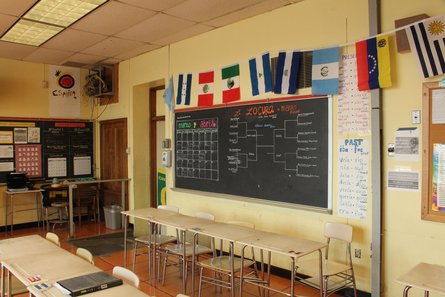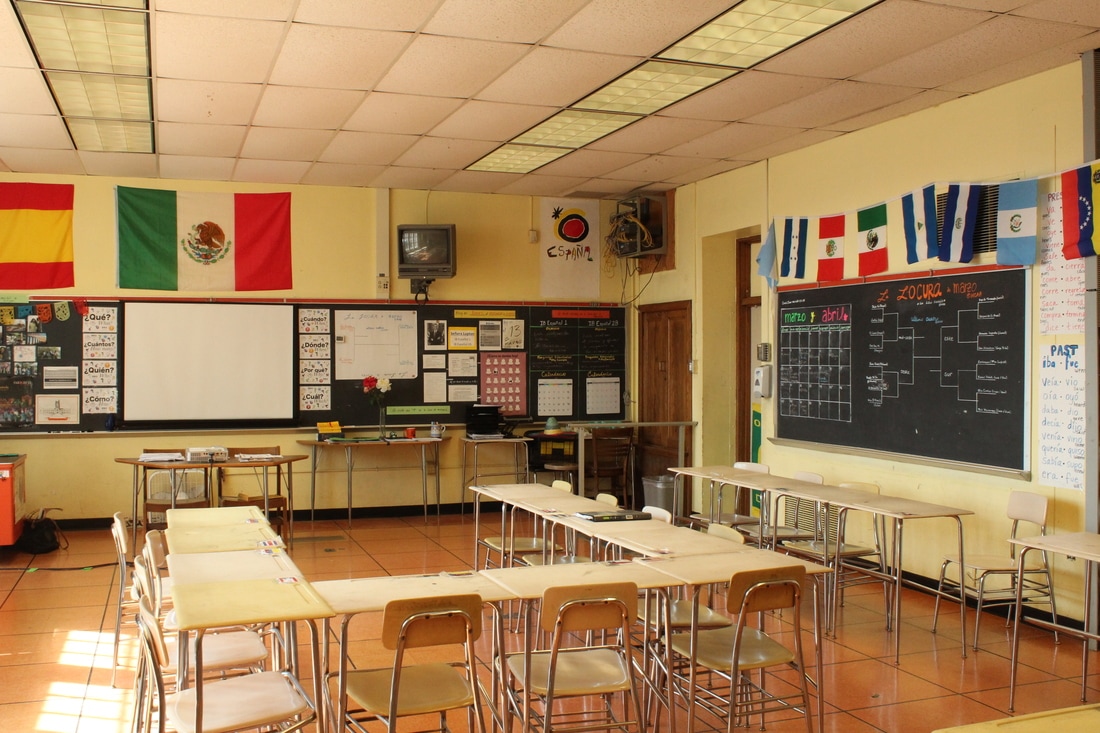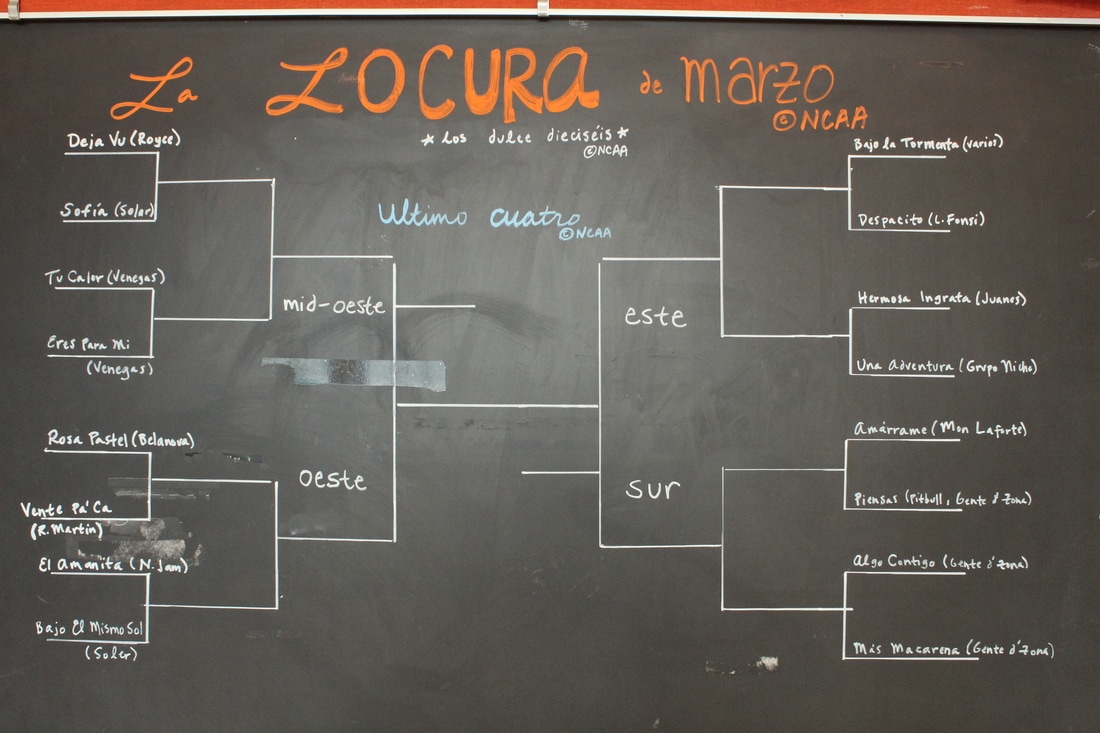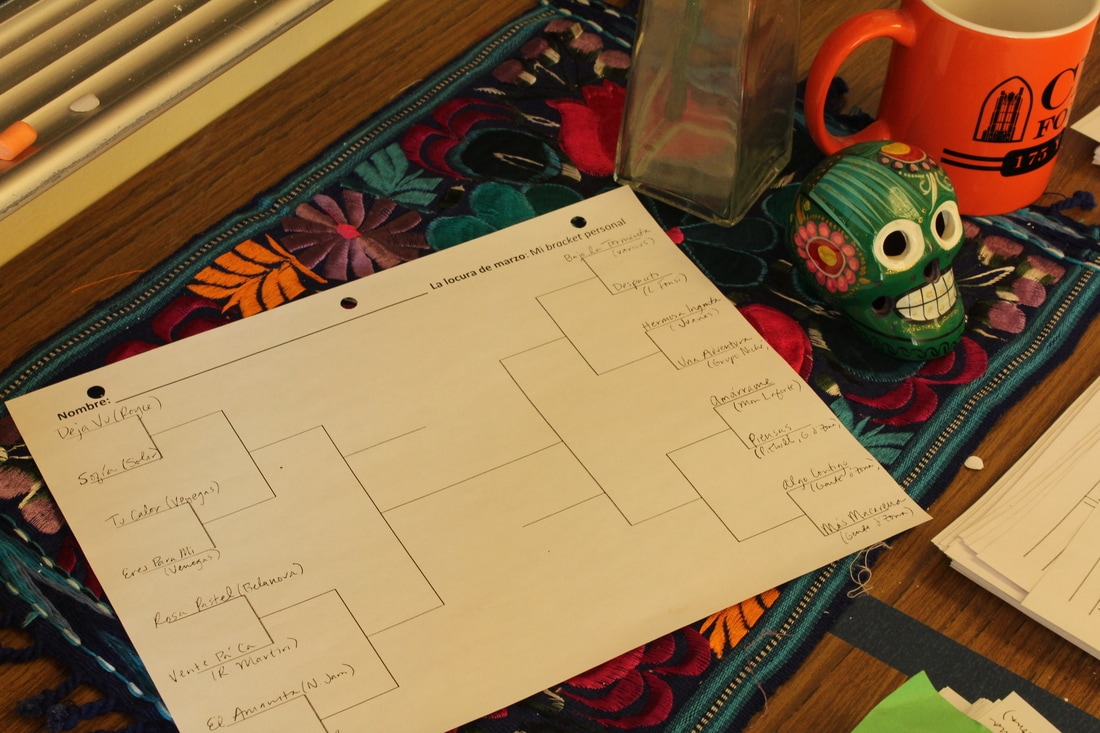- Home
- About
-
Lessons
-
Teaching with Music
>
- Song warm-up lesson plans, setup, procedure, and exams
- How to teach "Tú sí sabes quererme" by Natalia Lafourcade
- How to teach "La Carretera" by Prince Royce
- How to teach "Latinoamérica" by Calle 13
- How to teach "Prohibido Olvidar" by Rubén Blades
- How to teach "Traidora" by Gente de Zona
- How to teach "La Bicicleta" by Shakira and Carlos Vives
- How to teach "Culpa al Corazón" by Prince Royce
- How to teach "Déjà Vu" by Prince Royce and Shakira
- How to teach "Amor de Mis Amores" by Natalia LaFourcade
- How to teach "Despacito" by Luis Fonsi and Daddy Yankee
- Teaching with TPRS >
- Teaching with Tech >
- Teaching with Film >
- Teaching Social Justice >
-
Teaching with Music
>
-
Service Learning
-
Travel
- Resources
- Tutoring
- Blog
- Contact
La Locura de Marzo: |
HEY THERE! NICE TO MEET YOU!I'm Katherine Lupton: language teacher and author. I live in the lovely state of Oregon. My favorite things include my energetic dogs, music and books (both reading and writing them). Blogs I follow
(and you should, too!) Creative Language Class Cynthia Hitz El Mundo de Birch Fluency Matters Kristy Placido Martina Bex Somewhere to Share |
|
This website is a participant in the Amazon Services LLC Associates Program, an affiliate advertising program designed to provide a means for us to earn fees by linking to Amazon.com and affiliated sites.
|
- Home
- About
-
Lessons
-
Teaching with Music
>
- Song warm-up lesson plans, setup, procedure, and exams
- How to teach "Tú sí sabes quererme" by Natalia Lafourcade
- How to teach "La Carretera" by Prince Royce
- How to teach "Latinoamérica" by Calle 13
- How to teach "Prohibido Olvidar" by Rubén Blades
- How to teach "Traidora" by Gente de Zona
- How to teach "La Bicicleta" by Shakira and Carlos Vives
- How to teach "Culpa al Corazón" by Prince Royce
- How to teach "Déjà Vu" by Prince Royce and Shakira
- How to teach "Amor de Mis Amores" by Natalia LaFourcade
- How to teach "Despacito" by Luis Fonsi and Daddy Yankee
- Teaching with TPRS >
- Teaching with Tech >
- Teaching with Film >
- Teaching Social Justice >
-
Teaching with Music
>
-
Service Learning
-
Travel
- Resources
- Tutoring
- Blog
- Contact





